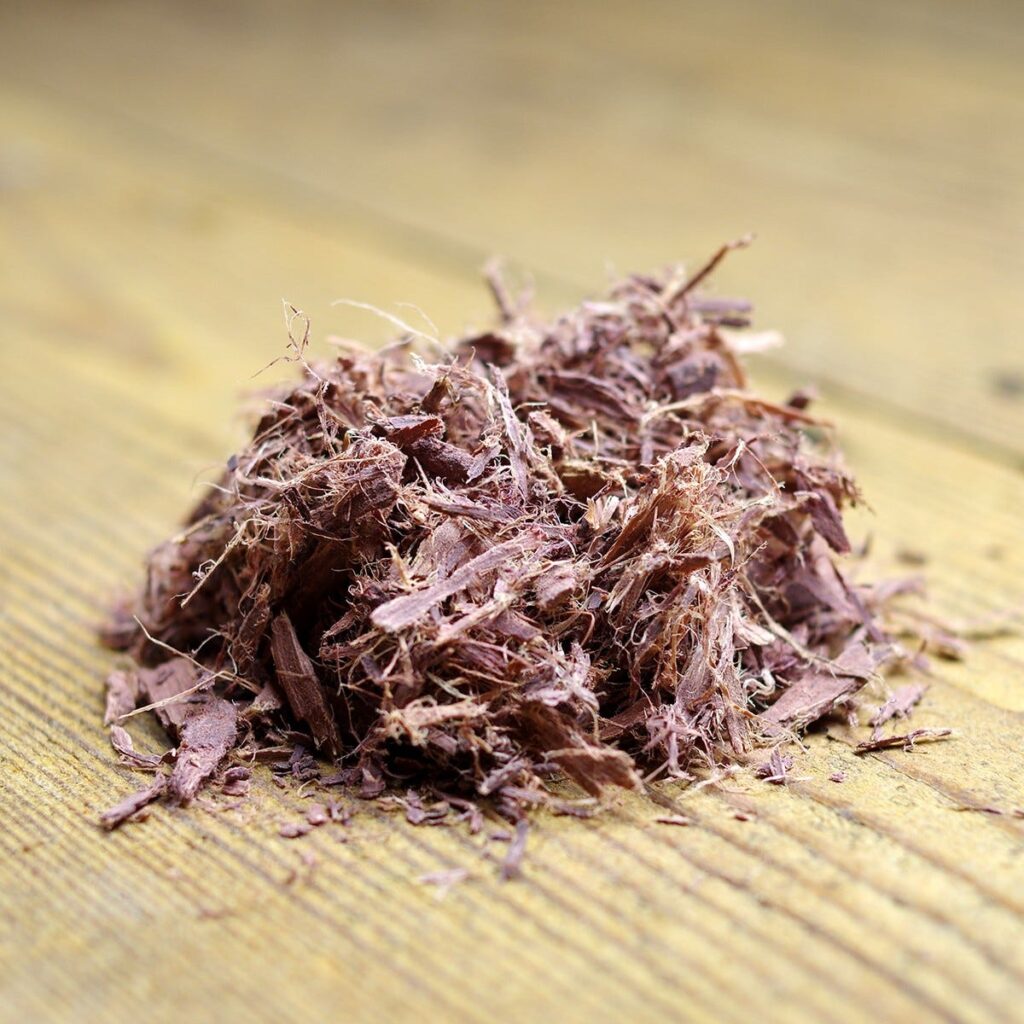Mimosa Hostilis root bark has long been cherished for its remarkable natural properties. This ancient botanical treasure has been used for generations across various cultures, revered for its versatile applications and potent natural compounds. The rich history of its use spans traditional medicine, natural dyeing, and spiritual practices, making it a valuable resource for those who seek a deeper connection with nature. Its unique chemical composition and ability to provide vibrant colors and beneficial effects have only increased its popularity in modern times. One of the most remarkable aspects of Mimosa Hostilis root bark is its ability to produce deep, lasting dyes. The bark is rich in tannins, which allow it to create vibrant shades ranging from deep purple to rich red and brown. These natural dyes have been used historically for textiles, body art, and ritualistic applications, showcasing the plant’s versatility.

Even today, natural dye enthusiasts turn to this botanical for its sustainability and effectiveness, avoiding synthetic chemicals that may be harmful to both health and the environment. Beyond its use in dyeing, Mimosa Hostilis root bark is recognized for its traditional applications in skin care and holistic wellness. The plant contains beneficial compounds that help soothe and rejuvenate the skin, making it a favored ingredient in natural remedies. Many cultures have used its powdered form in pastes and infusions to promote skin health, reduce irritation, and aid in the healing process. Its astringent and antimicrobial properties contribute to its reputation as a natural skincare ally. In addition to external applications, the root bark has been an essential part of traditional healing practices. The deep knowledge surrounding its uses has been passed down through generations, with herbalists and healers utilizing its potent properties.
While modern research continues to explore its full potential, its historical significance in traditional medicine remains undeniable. Another fascinating aspect of this botanical is its role in spiritual and ritualistic practices. Many cultures have revered MHRB for its connection to higher consciousness and personal introspection. The plant has been used in ceremonies designed to deepen one’s understanding of the self and the universe. Whether burned as an offering, incorporated into sacred preparations, or simply appreciated for its natural beauty, it has played an integral role in various cultural traditions. The sustainability of Mimosa Hostilis root bark is another important factor contributing to its appeal. As more people seek eco-friendly alternatives, this plant stands out as a renewable resource when harvested responsibly. Ethical sourcing ensures that the surrounding ecosystem remains balanced and that future generations can continue to benefit from its incredible properties.